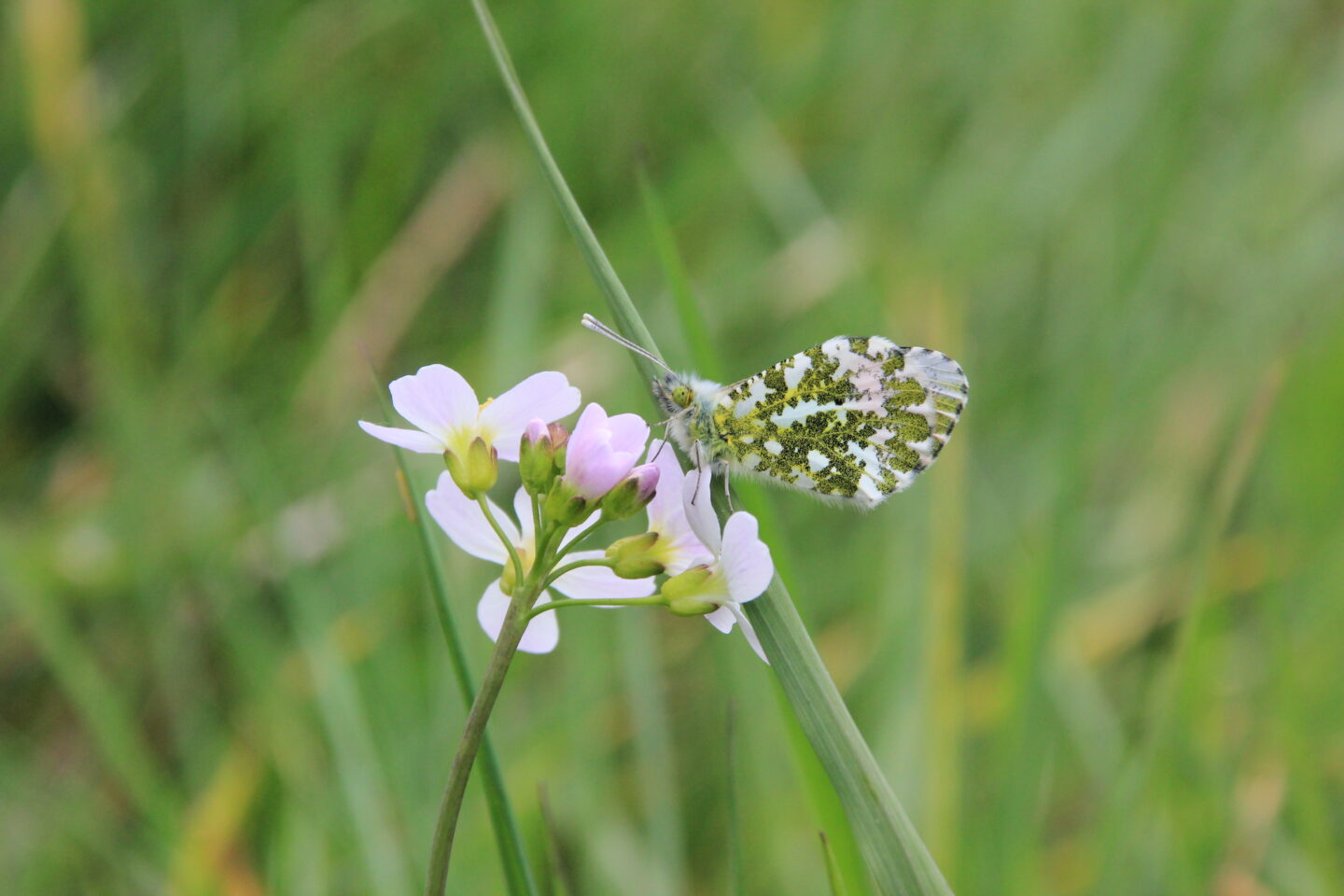Biodiversity and climate change
,
Climate change and biodiversity are inextricably linked to each other. Sadly, the link is not a good one. For humans, climate change means stronger and more frequent extreme weather events, rising sea levels and increased risk from “vector-borne” diseases such as Zika virus and malaria.
For nature the greatest issue, ultimately, is extinction. We are already seeing species being forced out of their natural ranges; year-on-year orange-tip butterflies and tree bumblebees range further north due to a warming climate. These two examples are just the tip of a rapidly melting iceberg.
Species that already struggle with habitat loss or degradation are now also competing for food with those that can range outwith their normal territories. Many species are being affected as their lifecycles are changing, with many animals emerging outside the timing of their only food source. Those that can’t travel outwith their normal ranges are dying, as they cannot adapt quick enough.
Around the world we are seeing extinction on a scale that has never been seen before. We can change that and give nature a hand. We can support biodiversity through restoring habitats, which we are doing with the Broadwood woodland management programme, which continues with more tree planting this month.
While a cleared woodland can initially look harsh, we know through experience— and the science— that the work will benefit biodiversity in the long-term. By planting native trees we are repairing the woodlands to improve biodiversity and allow more species to utilise them for food and shelter. Yes it will take time, but we desperately need to start somewhere. The species chosen will store more carbon than the trees which have been removed as they will live for much longer— hundreds of years in the case of the oaks, and not just a few decades.

